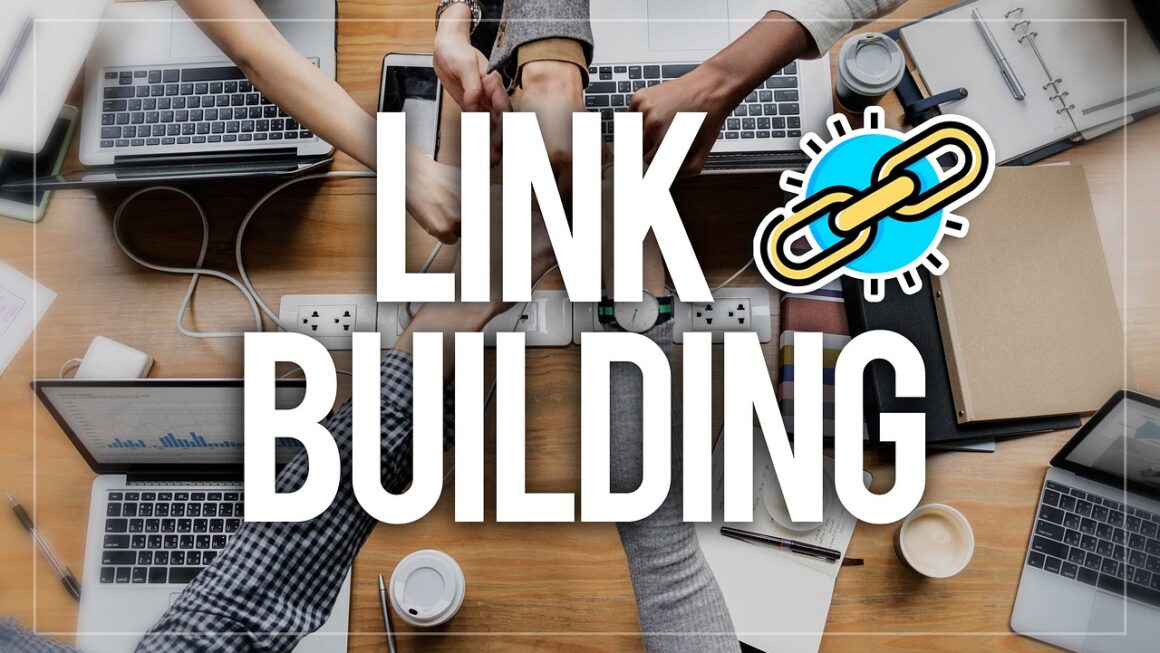Imagine walking into a store where the displays magically rearrange themselves based on your past purchases, the music playing perfectly matches your taste, and every employee seems to know exactly what you’re looking for. That’s the power of personalization, and thanks to advancements in artificial intelligence, it’s becoming increasingly attainable for businesses of all sizes. AI personalization tools are revolutionizing how companies interact with their customers, creating more engaging and relevant experiences that drive conversions and build lasting loyalty. This blog post will delve into the world of AI personalization, exploring its benefits, applications, and how you can leverage it to enhance your business.
Understanding AI Personalization Tools
What is AI Personalization?
AI personalization leverages artificial intelligence algorithms to tailor experiences to individual users. Unlike traditional personalization methods based on simple demographics or broad segmentation, AI personalization analyzes vast datasets – including browsing history, purchase patterns, social media activity, and more – to predict individual preferences and behaviors. This enables businesses to deliver highly relevant content, product recommendations, and marketing messages that resonate with each customer.
- AI personalization goes beyond basic demographic data.
- It analyzes complex behavioral patterns for deeper insights.
- It facilitates the delivery of hyper-relevant content in real-time.
Key Components of AI Personalization Tools
AI personalization tools typically incorporate several key components:
- Data Collection and Integration: Gathering data from various sources (website, CRM, social media, etc.) and integrating it into a unified platform.
- AI Algorithms: Utilizing machine learning models to analyze data, identify patterns, and predict user behavior. Common algorithms include collaborative filtering, content-based filtering, and deep learning.
- Personalization Engine: The core component that uses the insights from the AI algorithms to generate personalized recommendations, content, and offers.
- Delivery and Testing: Implementing personalized experiences across different channels (website, email, mobile app) and continuously testing and optimizing performance.
Benefits of Using AI Personalization
Implementing AI personalization tools can bring numerous benefits to businesses:
- Increased Conversion Rates: By delivering relevant content and offers, AI personalization can significantly boost conversion rates.
- Improved Customer Engagement: Tailored experiences keep customers engaged and coming back for more.
- Enhanced Customer Loyalty: Personalized interactions foster a sense of value and build stronger relationships with customers.
- Higher Customer Lifetime Value: Engaged and loyal customers tend to spend more over time.
- Optimized Marketing ROI: By targeting the right customers with the right message, AI personalization can improve the return on marketing investments.
Applications of AI Personalization
E-commerce Personalization
E-commerce businesses can leverage AI personalization to create more engaging and profitable online shopping experiences.
- Personalized Product Recommendations: Suggesting products based on browsing history, purchase patterns, and similar user behavior. Example: “Customers who bought this also bought…” or “Recommended for you.”
- Dynamic Pricing: Adjusting prices based on individual customer behavior, demand, and competitor pricing.
- Personalized Search Results: Tailoring search results to match individual user preferences and search history.
- Abandoned Cart Recovery: Sending personalized emails with tailored incentives to encourage customers to complete their purchase.
- Personalized Landing Pages: Displaying content and offers that are relevant to the user’s interests and previous interactions.
Content Personalization
Content personalization involves tailoring content to individual user preferences, ensuring that users see the most relevant and engaging content.
- Personalized Website Content: Displaying articles, videos, and other content based on user interests and browsing history. Example: A news website showing articles related to a user’s preferred topics.
- Personalized Email Marketing: Sending targeted email campaigns with content and offers that are relevant to individual subscriber segments or even individual subscribers.
- Personalized Newsfeeds: Curating newsfeeds on social media platforms to show users content they are most likely to be interested in.
- Personalized Learning Paths: Customizing educational content and learning paths to match individual student needs and learning styles.
Marketing and Advertising Personalization
AI personalization plays a vital role in creating targeted and effective marketing and advertising campaigns.
- Personalized Ad Targeting: Targeting ads to specific user segments based on their interests, demographics, and online behavior.
- Personalized Ad Creative: Creating ad creatives that are tailored to individual user preferences.
- Personalized Landing Pages: Directing users to landing pages that are relevant to the specific ad they clicked on.
- Personalized Retargeting: Showing ads to users who have previously interacted with your website or products.
- Predictive Lead Scoring: Identifying high-potential leads based on their behavior and engagement with your marketing content.
Choosing the Right AI Personalization Tools
Identifying Your Business Needs
Before implementing any AI personalization tool, it’s crucial to identify your specific business needs and goals.
- Define your objectives: What do you hope to achieve with personalization? (e.g., increased sales, improved customer engagement, higher customer retention).
- Identify your target audience: Who are you trying to personalize for? (e.g., existing customers, new prospects).
- Assess your data availability: What data do you have available to power your personalization efforts? (e.g., website data, CRM data, social media data).
- Determine your budget: How much are you willing to invest in AI personalization tools?
Evaluating Different AI Personalization Platforms
There are numerous AI personalization platforms available on the market, each with its own strengths and weaknesses.
- Consider the features: Does the platform offer the features you need? (e.g., product recommendations, content personalization, email marketing).
- Evaluate the ease of use: Is the platform easy to use and implement?
- Check the integration capabilities: Does the platform integrate with your existing systems? (e.g., CRM, e-commerce platform, email marketing platform).
- Read reviews and testimonials: What are other users saying about the platform?
- Request a demo: Try out the platform before you commit to a purchase. Some popular options include:
Dynamic Yield (Acquired by McDonald’s): Focuses on optimizing customer experiences across digital channels.
Optimizely: A/B testing and personalization platform.
Adobe Target: Part of the Adobe Experience Cloud, offering a wide range of personalization capabilities.
Personyze: Provides AI-powered personalization for e-commerce and other industries.
Implementation Strategies
- Start small: Begin with a pilot project to test and refine your personalization strategy.
- Segment your audience: Group your customers into segments based on their characteristics and behaviors.
- Personalize the customer journey: Identify key touchpoints in the customer journey and personalize the experience at each point.
- Continuously test and optimize: Use A/B testing and other methods to continuously improve the performance of your personalization efforts.
- Monitor your results: Track your key performance indicators (KPIs) to measure the impact of your personalization efforts.
Overcoming Challenges in AI Personalization
Data Privacy and Security
Data privacy and security are critical considerations when implementing AI personalization.
- Comply with data privacy regulations: Ensure that you are compliant with all applicable data privacy regulations, such as GDPR and CCPA.
- Protect customer data: Implement security measures to protect customer data from unauthorized access.
- Be transparent with customers: Clearly communicate how you are using their data for personalization purposes.
Algorithmic Bias
Algorithmic bias can lead to unfair or discriminatory outcomes.
- Identify potential sources of bias: Review your data and algorithms to identify potential sources of bias.
- Monitor for bias: Continuously monitor your personalization efforts for bias and take corrective action as needed.
- Promote fairness: Design your algorithms to promote fairness and avoid discriminatory outcomes.
Lack of Data
A lack of sufficient data can hinder the effectiveness of AI personalization.
- Collect more data: Gather data from a variety of sources to enrich your data pool.
- Use data enrichment services: Supplement your existing data with data from third-party providers.
- Start with basic personalization: Begin with basic personalization techniques and gradually increase complexity as you gather more data.
Conclusion
AI personalization tools offer a powerful way to enhance customer experiences, drive conversions, and build lasting loyalty. By understanding the benefits, applications, and challenges of AI personalization, businesses can leverage this technology to create more engaging and relevant interactions with their customers. While implementing AI personalization may seem daunting, starting with a clear understanding of your business needs, choosing the right tools, and focusing on continuous improvement can help you achieve significant results. Embracing AI personalization is no longer a luxury but a necessity for businesses seeking to thrive in today’s competitive landscape.




